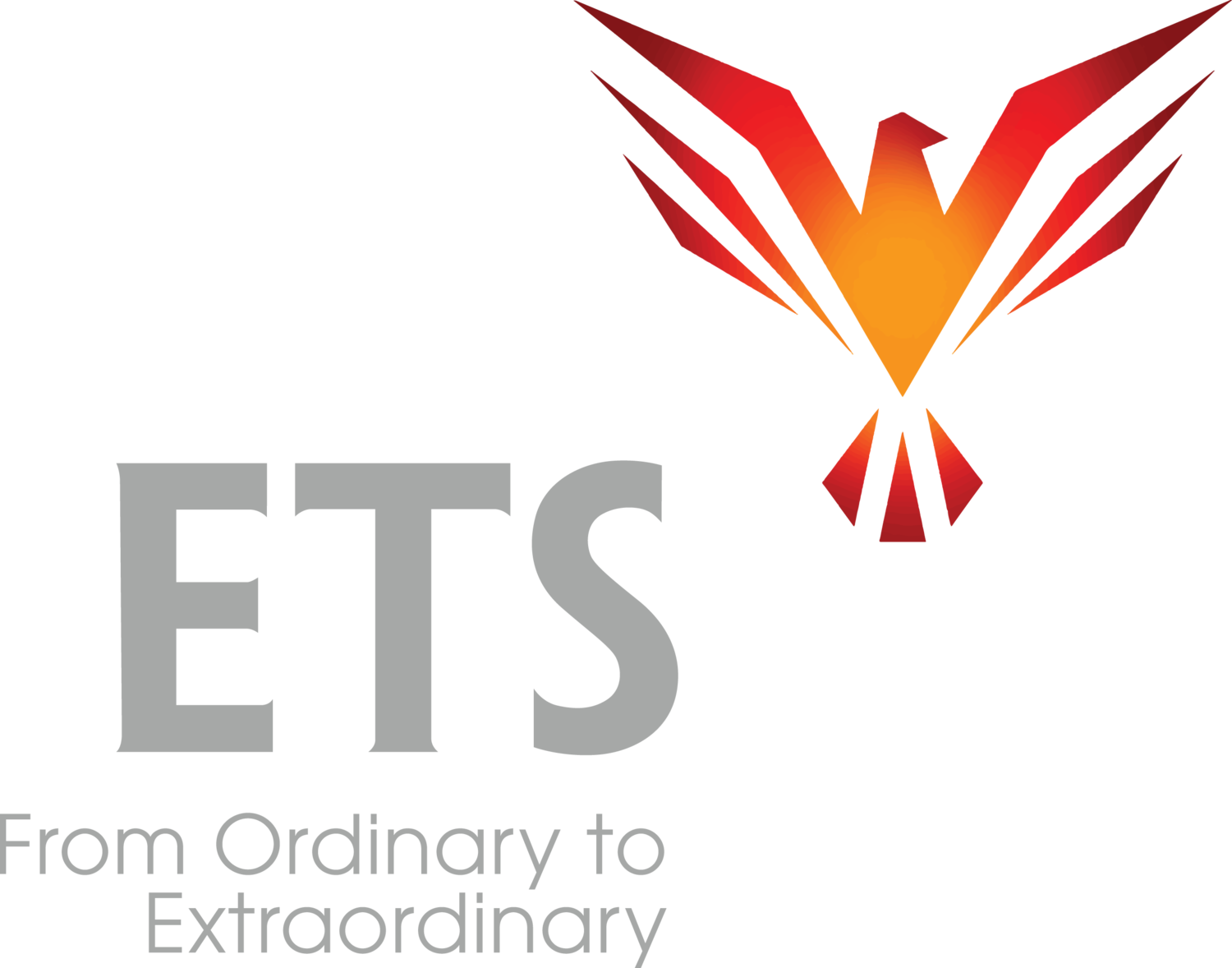Benjamin: “I used what I learned and I changed two teams.”
Fred, George and Sam disagreed and simply said, “No. That’s not what happened.”
These were corporate leaders attending a virtual online Causative Communication workshop. Their assignment, after the second training session, was to spend several weeks using their new communication abilities and observing the results.
The teams that Benjamin was talking about had been stuck in an argument for weeks prior to the training. Their meetings never moved beyond stubborn debates and were disappointingly unsatisfying and unproductive, much disgruntled grumbling on both sides. They were each “right”, but unable to unite to solve the bigger problem the organization needed them to solve.
There were extremely smart people on both sides. Genuinely good people who all believed they were doing the right thing.
Unfortunately, their communication ability was nowhere near up to the challenge of solving the heated, disagreement-filled situation they were all in.
Benjamin was the one person who decided to do something about it. He arrived to the training tremendously motivated. Benjamin was frustrated because the lack of cooperation seriously interfered with his ability to be productive and move forward in his own job.
In the first two training sessions, he worked on his own ability to communicate. He learned how to create a real human connection and a level of understanding that uplifts every conversation. He developed the ability to transform any conflict into harmony, then lead discussions into creative, productive and satisfying outcomes.
He had 3 weeks to put his new skills into action and make them hold up in this hurricane.
When we got together again at the start of the third day of training, they all were reporting back on what they had done, and the results they had produced.
Benjamin: “I used what I learned and I changed two teams.”
The others: “No, Benjamin. You changed the whole organization.”
